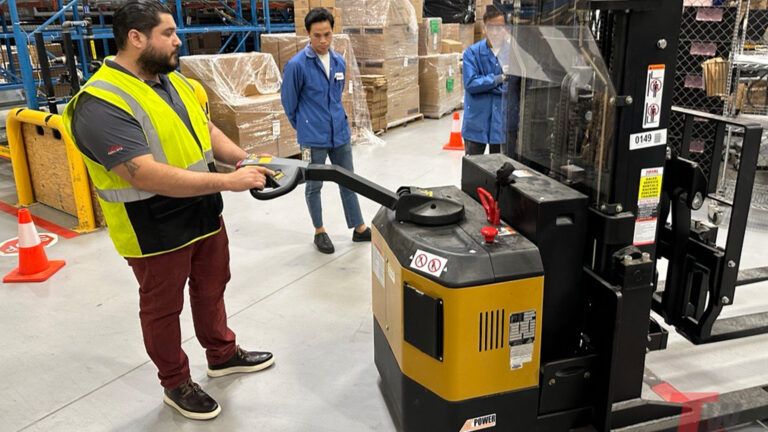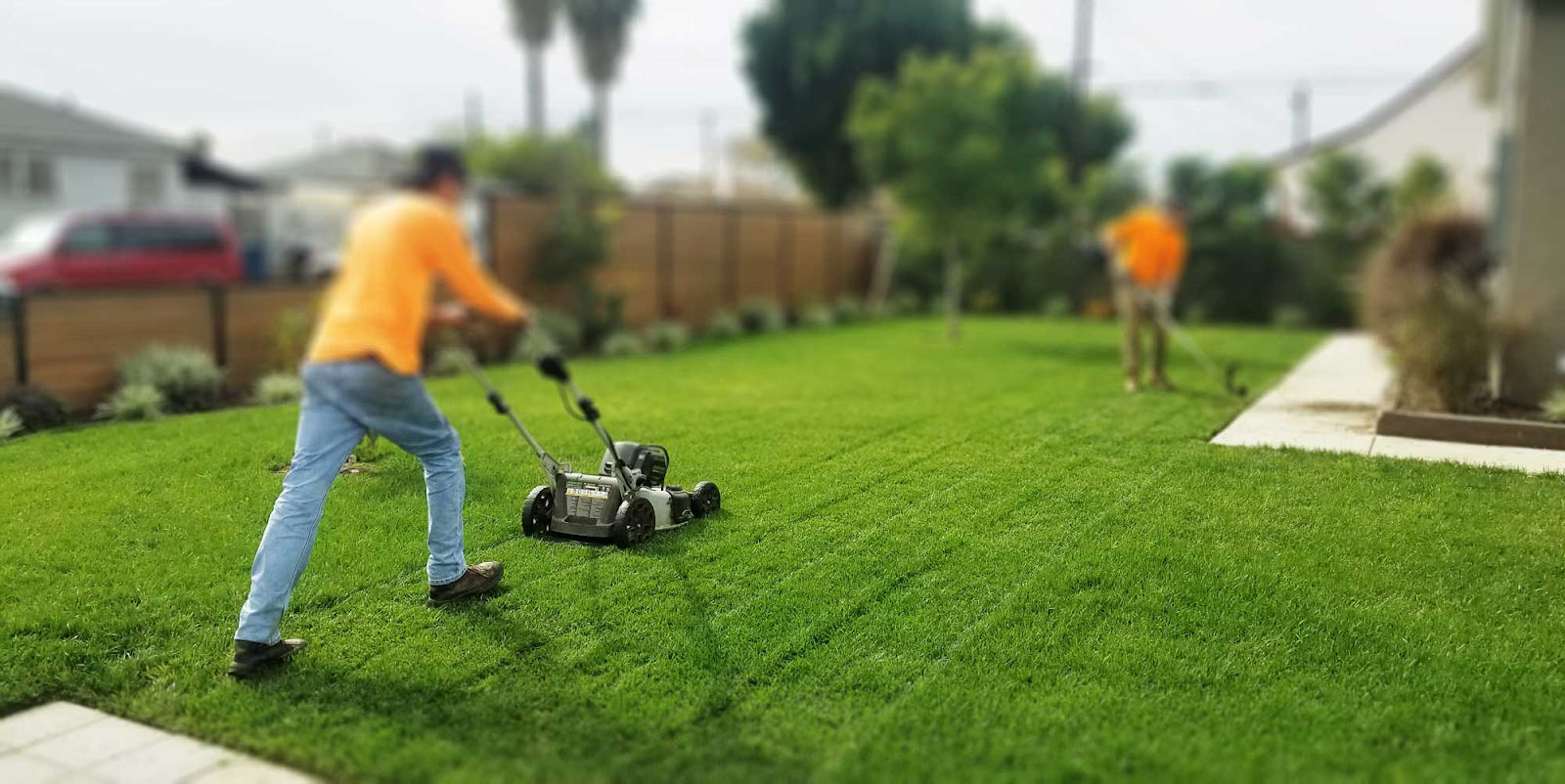The pallet jack appears simple, but tiny tech tweaks sour the bottom line. A walk-around should precede every shift. inspect forks for cracks, the pump has leaks, and the tires are flat-spotted. Before even taking a pallet to the ground, you should check the safe working load rating. Always center the forks squarely, only pump until the entry rollers have cleared the deck boards, and travel with the load leading (pulling a heavy pallet invites heel strikes and back strain). Move toward dock plates at 90-degree angles, and creep along expansion joints. Keep the jack behind you on declines — descending in front of a two-tone load is asking for trouble. Where forklifts, pedestrians, and order pickers are using the same aisle in busy seafood markets and packaging sheds, use hand signals or UHF radios to coordinate. When confronted with congestion, electric units ought to run ina “tortoise” manner to compel velocity self-discipline instead of having operators depend on their very own restraint.
Manually, Semi Electric, Fully Electric
Manual pallet jacks still form the backbone of most small retail back-of-house areas, exhibition stands, and an emergency backup in larger DCs. They are virtuous for their simplicity: no charging, no electronics, low maintenance. That lack of end-to-end powered assistance has one cost—a lot of muscle, which is fine for a few meters but cruel over a 100-metre cross-dock. They retain a manual pump, but add powered traction wheels, meaning that the hardest work—getting a loaded pallet rolling, and pushing it up ramps— is now done for you. Travel with Power reduces operator fatigue and increases average pick rates by a double-digit percentage. Electric “walkies” that charge both lift and drive by Lee Wilkins Manufacturers Announced, Technology We found programmable acceleration curves, auto-stop belly buttons, and electromagnetic brakes make them suited to 24-hour grocery DCs. Others have offered fold-down ride-on platforms to allow workers to reach 7 km/h within long aisles. Then upfront costs rise, but life-cycle analyses often demonstrate a < 18-month payback via lower injuries and more rapid turnarounds, particularly in Queensland, where energy-efficiency rebates sweeten the pot for Pallet jacks Brisbane fleet customers.
Risk-Related Safety, Ergonomics, and Compliance
Injury Charts for Warehousing: Musculoskeletal Risks Musculoskeletal injuries regularly top the lists of warehouse incidents. Today, manufacturers mold tiller arms with shaped grips and soft-touch polymers that help encourage neutral wrist position. Numerous electric jacks also come with a click-to-creep functionality, making maneuvering with the tiller in a vertical position possible; thereby eliminating one of the best-known pinch points. A silent AC motor is accompanied, as INDICATOR reports, by blue LED safety spotlights thrown two meters ahead to warn nearby pedestrians. Although a high-risk license is not required for use of powered pallet jacks, they are classed as plant under Queensland’s Work Health and Safety Regulation 2011 which requires the employer to maintain powered pallet jacks and ensure an operator who is competent to operate the jacks. Hygiene and environmental concerns are important too: specially-designed 3A frame for dairies & pharmaceuticals to resist caustic wash-downs, and food-grade hydraulic oil in case a seal fails are other examples. Regulations on battery stewardship require companies to not only ensure spent lithium packs are recycled through official channels, but also do not just simply landfill them.
Maintenance and Lifecycle Management
Planned maintenance is cheaper than unplanned breakdowns and that is the whole story end of discussion — Full Story. Scheduled maintenance includes an annual hydraulic-oil change, quarterly grease on pivot bushings, and semi-annual wheel-bearing checks. Electric fleets include battery impedance tests and controller software updates. On abrasive floors, load wheels wear out quickly; switching front and rear wheels at mid-life evens wear. The step ladders keep impact force at bay when operators in a hurry approach pallets at odd angles. Hydraulic oil can be drained and sent for recycling when a jack finally reaches the end of its lifespan; batteries should be sent to a licensed e-waste processor. Plugging in to Trade-ins Many dealers operate trade-in programs, giving some value to trade-in old frames against new purchases whilst refurbishing those in decent condition for the rental market – an ethical, circular-economy tactic that also saves some money from the CAPEX budget.




